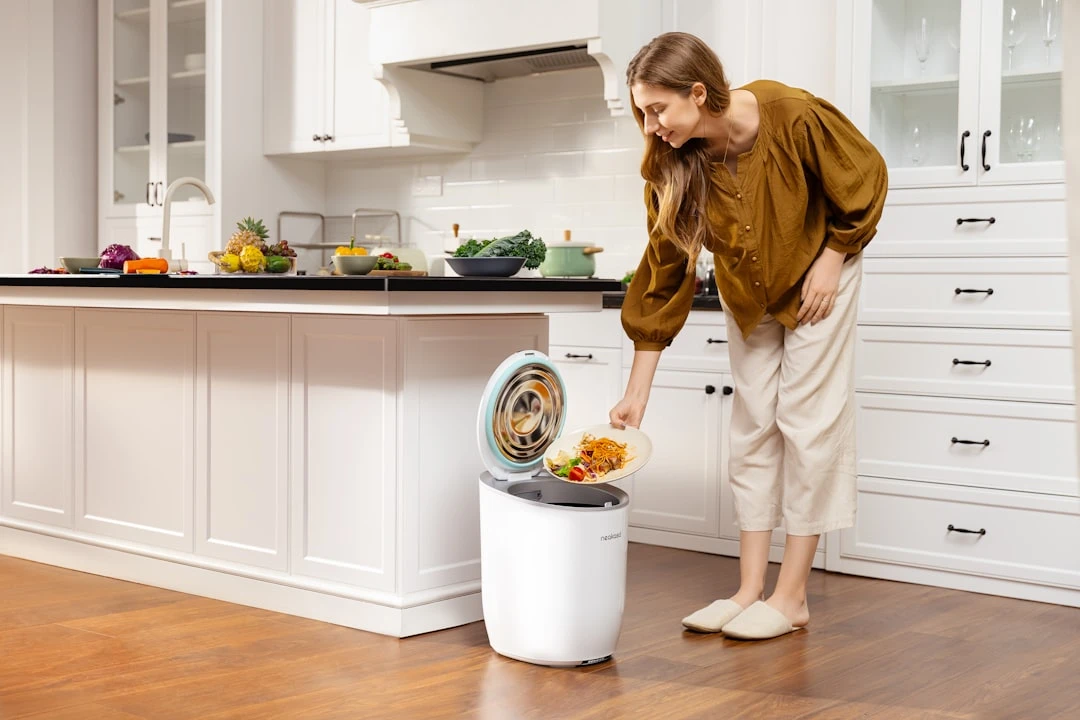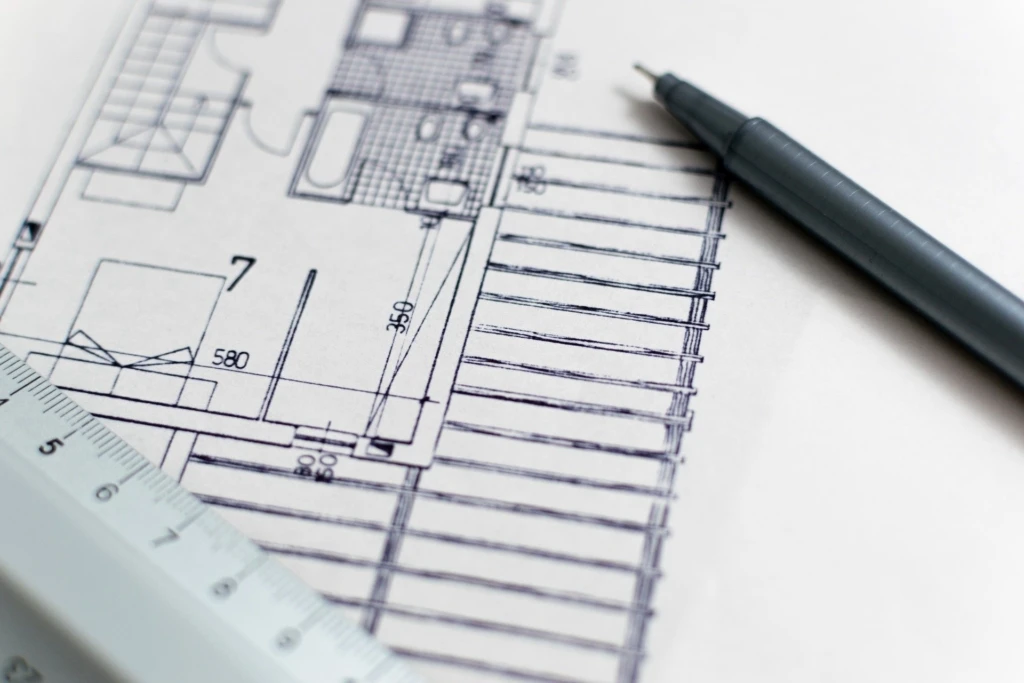How to Reduce Household Waste

Do you feel like your trash can is filling up too quickly? Good news: small habit changes reduce waste, save money, and make your home easier to maintain. Here you'll find steps suited to Estonian conditions that you can start today.
What are Estonia's rules and why do they mean less trash at home
Estonia follows a waste management hierarchy: first avoid creating waste, then reuse items, then recycle, and only as a last resort dispose of waste. This principle is outlined in both municipal guidelines and the state-level Waste Act, which aims to protect people's health and the environment and to use natural resources sustainably.
The Waste Act requires the use of the best available technology and the design of products for reuse and recycling. Municipalities have specific regulations for waste collection. For example, on built-up residential land, a waste collection container must be provided if there are multiple apartments or households on the property. It is also emphasized that packaging waste must not end up in mixed waste.
Kitchen: zero food waste and sort smartly
Start by auditing your refrigerator. Plan your menu for three to five days, make a list, and keep the "eat first" shelf front and center. Your freezer is your ally: portion and freeze leftovers in labeled containers.
Replace single-use plastic bags with reusable bags, drink tap water, and use a reusable water bottle or water filter at home. When sorting packaging, create three simple "stations" for yourself: organic waste, packaging, and paper and cardboard.
If you live in a single-family home, a compost bin next to the organic waste bin is practical; in an apartment, a tight-fitting container with a lid helps control odors in the small kitchen organic waste bin with regular emptying. A dishwasher operates economically if you keep the filters clean – check our guide on how best to do dishwasher cleaning.
Organic waste and compost: single-family homes vs apartments
In a single-family home, home composting is the most straightforward way to reduce organic waste and get valuable soil for your garden. Choose a location for your composter in partial shade, use branches as the base layer, and mix kitchen waste with brown material (leaves, sawdust) to prevent odor and ensure air circulation.

In apartment buildings, a small composter on a balcony works, or if the community has a waste room, regular organic waste bin emptying works just as well. Municipalities encourage separate organic waste collection and allow composting in single-family homes; check your city or municipality waste management regulations.
Reuse and circulation: packaging, paper, problem products
For single-family and apartment buildings, the standard rule is: keep packaging separate and clean, paper and cardboard dry, and prevent them from mixing with mixed waste. If the building has more than five apartments, local regulations typically require separate containers or a waste room; for smaller households, there is still an obligation to keep packaging separate and take it to a public collection point.
Some municipalities have a volume threshold for paper and cardboard in non-residential areas, but at home the rule is simple: dry paper goes in the paper bin, soiled paper goes in general waste. The waste management hierarchy supports this by favoring reuse and recycling before disposal.
Reduce consumption in your wardrobe and bathroom
With clothing, prioritize quality and care for it properly: air dry, repair buttons and seams, use lower washing temperatures, and do full loads. Your machine's lifespan extends and less waste is generated if you regularly do washing machine cleaning maintenance.
In the bathroom, simplify your routine: choose solid shampoos and soaps, refill packages, and multi-purpose products. Reduce single-use items by switching to reusable solutions, such as cotton pads and razors with replaceable blades.
Humid rooms need ventilation and regular maintenance to prevent mold, which increases the use of cleaning products and generates waste – check our tips on how to do effective mold removal.
A paperless home and package-free habits
Switch your bills to e-bills, use digital signatures, and avoid storing printer "backup" paper at home. A "no ads" sticker on your mailbox keeps out direct mail.
In the kitchen, prefer bulk items with your reusable bag and choose larger packages that give you the same amount with less packaging. When doing a major cleaning cycle, plan your movement from room to room so that waste sorting is part of the flow – our guide on cleaning will help you create a system for this.
Simple DIY cleaning products that work
Many surfaces can be cleaned with items you already have at home: vinegar for windows and limescale, baking soda for odors and surface dirt, lemon for grease. Mix in a spray bottle 1 part 10% vinegar and 3 parts water, add a drop of dish soap – you get a universal spray for the kitchen and bathroom (avoid on natural stone surfaces).
A well-sealed and well-ventilated bathroom needs harsh chemicals less often and generates fewer plastic bottles. If you need a stronger treatment for moisture stains, act targeted and short-term to avoid increasing hazardous waste; often better air circulation is enough for prevention.
Garden and balcony: reuse and grow
In the garden, turn grass clippings into mulch, leave leaf piles for compost, and use a rain barrel for watering. Empty glass jars are perfect for storing seeds, wood scraps for raised bed edging. On your balcony, reuse some of the substrate from previous plantings in a new mix, adding compost and perlite. This saves you both money and waste.
Condo association: organizing the waste room and funding
An association can reduce the building's waste by planning convenient access to the waste room, clear signs, and adequate ventilation. If the room needs modernization, the board considers funding options – our overview will help you get started: condo association renovation loan.
Involve residents with information posters and a quarterly cleaning day; transparent collection schedules and photo examples of properly sorted bins increase participation.
Where to take waste and who to ask for help
Municipalities have waste facilities, hazardous waste collection points, and sometimes home collection services. Rules and service providers may vary by region, so it's worth familiarizing yourself with your local municipality's guidelines. Separate collection obligations and bio-solutions are also often emphasized.
Check your city or municipality website for waste management regulations and waste facility locations. The Waste Act reminds us that with every activity, preventing waste generation and safety should be prioritized.
Take the next step
The journey to a smaller trash can starts with home choices and simple habits. If you're looking for a home where waste sorting and comfortable living go hand in hand, start here: check out fresh house listings or find yourself a suitable apartments for sale. Need advice on the area or real estate? Browse the broker search and ask an experienced specialist which solution suits your lifestyle best.




